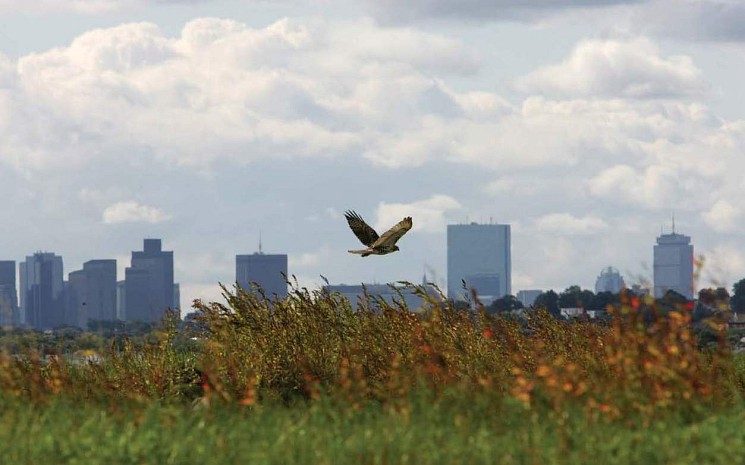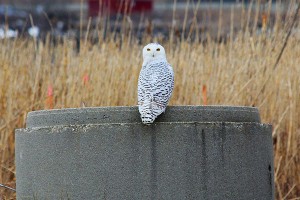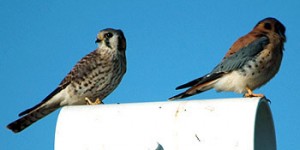Wheelabrator Tour

So we’ve composted all of our vegetable scraps and recycled all of our paper, glass, metal and plastic-what happens to what’s leftover, the stuff that is really and truly garbage? We all probably have a clear mental image of a dump or landfill, piled high with unwanted stuff and stinking to high heaven. But on a recent tour [October 13, 2015] of Wheelabrator, a waste management facility and landfill in Saugus, I learned that this image is pretty far from the truth of what can be done with garbage.
Trucks from Saugus and surrounding communities deliver up to 1,500 tons of trash per day, which then goes into an incinerator burning at 2500° F. The volume of trash can be reduced by 90% after an hour in the incinerator. The heat of combustion generates up to 37 MW of energy per day, enough to power 38,000 homes as well as the plant itself, representing the equivalent of 982,000 barrels of oil or 228,000 tons of coal. Steam and smoke go through a rigorous scrubbing system, continuously monitored by the Massachusetts DEP and the U.S. EPA. The leftover ash and residue is sorted for metals; in 2014, Wheelabrator recovered 6,000 tons of metals, redirecting them back into the recycling stream. The final product is a sludgy ash mixture that resembles wet cement.
When Wheelabrator began operations in 1975, it inherited the Saugus city dump. You can imagine what it looked like. Over the years, Wheelabrator has transformed the dump into carefully managed landfill-and a wildlife sanctuary!
Although a dump might be one of the last places one would expect to go birding (unless one were looking for gulls), today the Bear Creek Wildlife Sanctuary provides significant habitat for both migrating and breeding birds, as well as other wildlife. The sludgy ash mixture that comes out of the incinerator has been used over the years to create a cap over the old trash heap, with soil then layered over that to provide a basis for native plant landscaping.
Wheelabrator also provides yard waste composting services for Saugus, so the soil is continually replenished. Small areas of the landfill are worked at a time, so that the overall impact of new waste material is minimized. An innovative drainage system ensures that all water runoff is captured and recirculated, to avoid any potential contamination of the groundwater and adjacent water bodies.
Knowing that there are companies out there dealing with garbage responsibly doesn’t mean that one should forget about the other three Rs: Reduce, Reuse, Recycle. However, it is reassuring to know that waste management companies are taking the challenge of our collective impact on the environment very seriously. As this kind of technology improves and spreads, here’s hoping that globally we can make those trash heaps and roaming barges a thing of the past!


Leave a Reply to Rev. Barbara J Silk Cancel reply